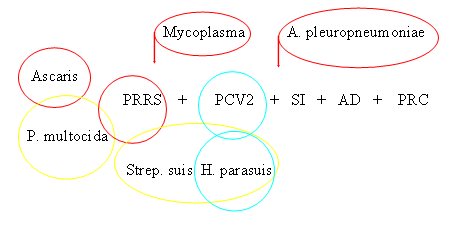Table1 shows the main factors to consider when investigating coughing and respiratory disease at farm level.
Table 1. Production factors associated with pneumonia in pigs
| System | Disease status | Housing | Management |
| Population size | PRRS + | Poor insulation | Climate control |
| Multiple sources | Mycoplasma + | Poor ventilation | Hygiene |
| Continous production | Ascariasis | Stocking density | Nutrition |
| Young herd | SIV + | Stocking rate | Water supply |
| Aujeszky's + | Open partitions | Observation | |
| PCV2 + | Treatment |
Thinking about the system of production, the dynamics of infection will be determined by the size of the population, the number of sources of pigs within the same air-space, the management of pig-flow through the system and the age of the breeding herd from which the pigs are derived. In large populations, infection will tend to occur in clusters at random throughout the herd and, as one cluster recovers another becomes infected. This is typically the case with PRRS. The matter is undoubtedly made worse if there are a number of sources of pigs utilised, either for finishing or for breeding. If production is continuous without opportunity for all-in-all-out modular flow of pigs, there is a real risk of perpetuation of infection. The intake of gilts without proper quarantine, vaccination and acclimatisation will make matters worse, since it is known that gilts produce lower levels of circulating antibodies than sows of parity three and older.
The disease status of the herd will clearly influence the level of respiratory disease. Positivity for PRRS and enzootic pneumonia remain the most important risk factors. In this context, it must be remembered that vaccination against Mycoplasma hyopneumoniae does not necessarily prevent infection, it merely mitigates the clinical and pathological processes. Viral diseases such as swine influenza and Aujeszky’s disease impair respiratory cellular immunity in the same way as PRRS and therefore exacerbate infection. The presence of PCV2 is probably also a major risk factor, but because it is considered to be ubiquitous yet not all herds have pneumonia, it is possible that alone it is not always a risk factor.
Systems of housing and management play an enormous role in either enhancing or mitigating pneumonia in pigs. These will be discussed in further articles.
Figure 1 shows the complexity of respiratory disease in pigs.




